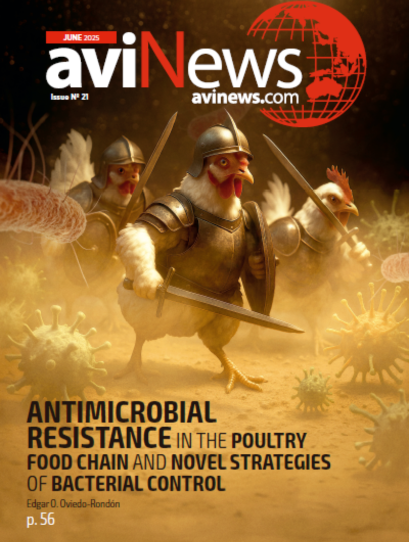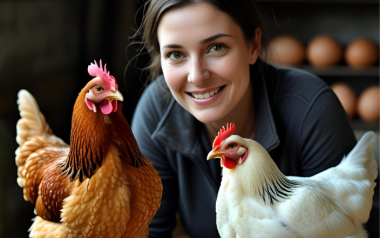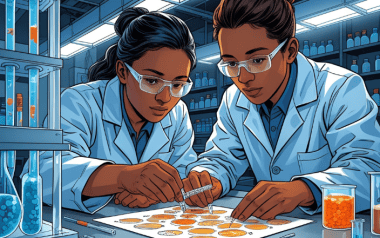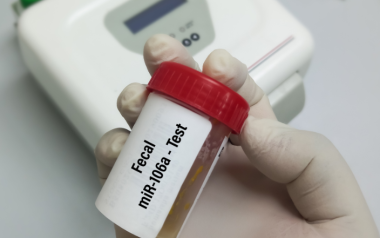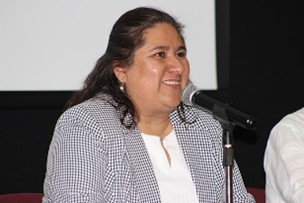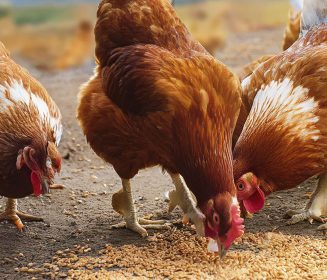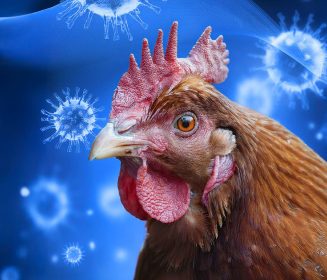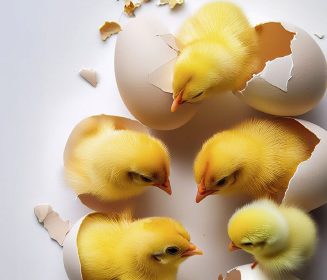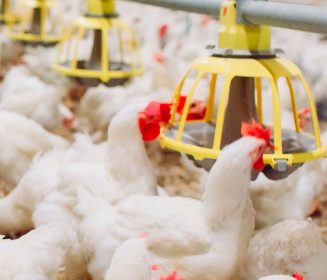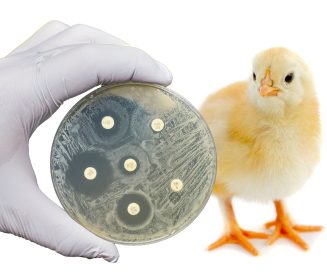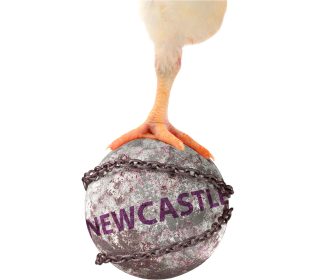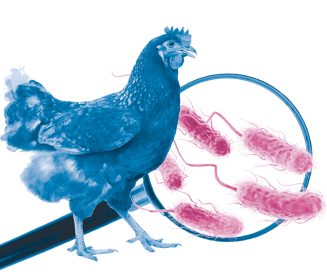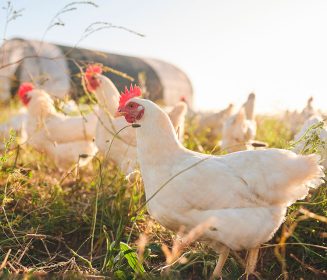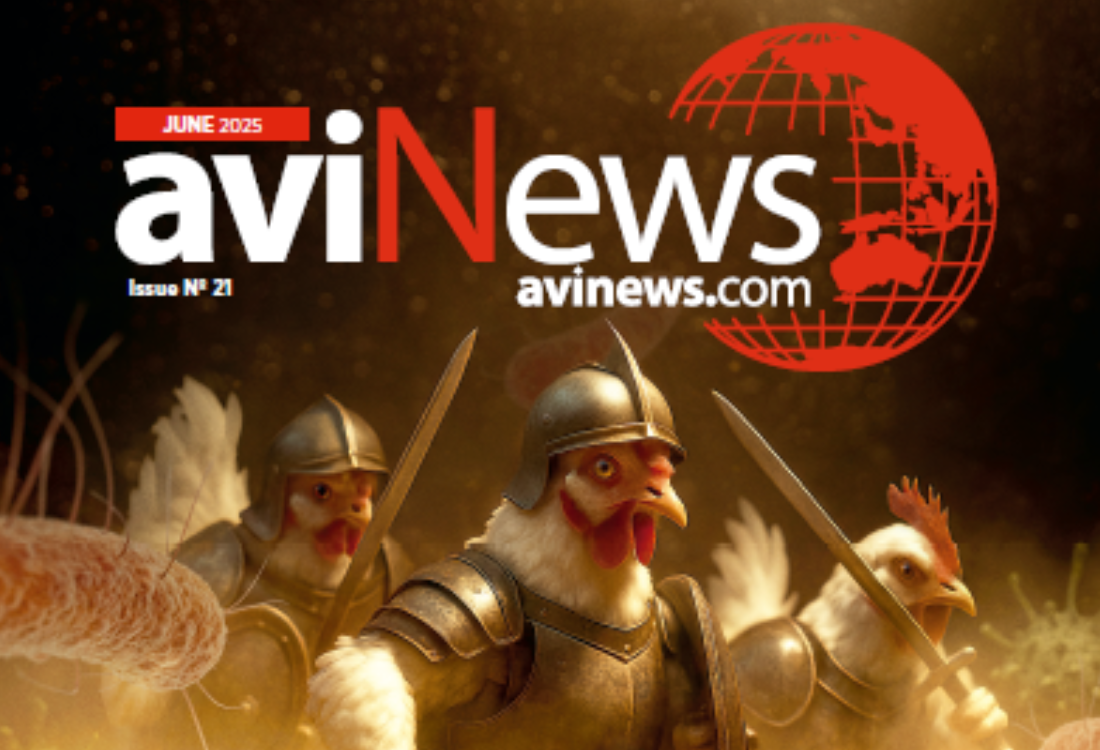Modifying chickens to have dinosaur-like qualities is becoming an increasingly popular study lode for scientists who want to uncover the blueprints for creating a dinosaur from scratch.
07 May 2021
How to get chickens with stronger legs?
Content available at: Español (Spanish) Português (Portuguese (Brazil)) العربية (Arabic)Scientists are still trying to carefully map the anatomical changes that […]
Content available at:
Español (Spanish) Português (Portuguese (Brazil)) العربية (Arabic)
Scientists are still trying to carefully map the anatomical changes that occurred between dinosaurs and birds during this time, and there is no better way to do that than to engage in little “reverse evolution.” With the above in mind, a team of researchers has developed “dinosaur legs” in chicken embryos, as revealed in their study in the journal Evolution.
Surprisingly, previous research has already been done to manipulate chickens into “evolved” dinosaurs. In 2015, a study showed that chickens that were modified during embryonic development were able to achieve a dinosaur-like snout. A year earlier, a lower-tech study showed how a few strategically placed weights could make a chicken walk like a Tyrannosaurus rex.
In 2006, researchers at the University of Wisconsin were able to activate tooth formation by identifying and stimulating the repressed gene in chickens. But an international team of scientists recently decided to take a step forward by growing a dinosaur-like chicken leg.
Researchers from the University of Chile and the Chinese Academy of Sciences detail their findings in the journal Evolution: where they explain that while modern birds have a splintered fibula that is shorter than the tibia, these skeletal elements start at essentially the same length in embryos. In dinosaurs, however, both bones were equally long. Their goal: to grow the bones of modern birds so that they end up with dinosaur legs.
Scientists from the University of Chile and the Chinese Academy of Sciences discovered that modern birds have a fibula shorter than the tibia. However, in dinosaurs, both bones were of the same length. The objective of this find is to grow the bones of modern birds and end up with dinosaur legs.
The researchers found
TO CONTINUE READING REGISTER IT IS COMPLETELY FREE
Access to articles in PDF
Keep up to date with our newsletters
Receive the magazine for free in digital version
REGISTRATION
ACCESS
YOUR ACCOUNT
LOGIN
Lost your password?

